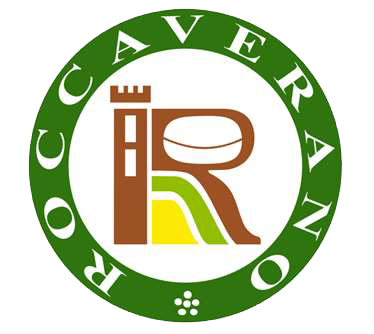The Cheese Making Process
Robiola di Roccaverano PDO is obtained by lactic acid coagulation of raw whole goat’s milk of Roccaverano and Camosciata Alpina breeds and their crosses, ewe’s milk of Pecora delle Langhe breed, and cow’s milk of Piemontese and Bruna Alpina breeds and their crosses. The raw whole milk used to make Robiola can be 100% goat’s milk or at least 50%; in this case, raw whole cow’s and/or ewe’s milk is added in a variable ratio, up to 50%.
Concerning the feed of livestock, which must be grazed from March to November, the use of GMO is prohibited. More than 80% of the feed must come from the production area. The milk comes from successive milking carried out within a period of 24 to 48 hours. Natural and local milk enzymes (milk and/or whey grafts) can be added.
It takes place by adding animal rennet after the acidification process has begun; the temperature must be kept between 18 and 24°C. Then it is left to stand at the same temperature from eight to 36 hours depending on the climatic and environmental conditions of processing.
The curd is gently transferred into special perforated moulds. Before shaping, whey can be drained using a fine woven cloth. The cheeses can stay in the moulds for up to 48 hours; they must be periodically turned in order to favour whey draining.
Salt is added on both sides of the cheeses during turning or at the end of the shaping process.
The fresh cheeses are ripened naturally in suitable premises for at least three days after they are placed in moulds. Sale is allowed from the fourth day. Robiola di Roccaverano PDO is considered ripened starting from the tenth day.
The Robiola Hunt
The Robiola Hunt project has been conceived to help you find the shop which is closest to you and then let us know about it: we will add it to our treasure map!
